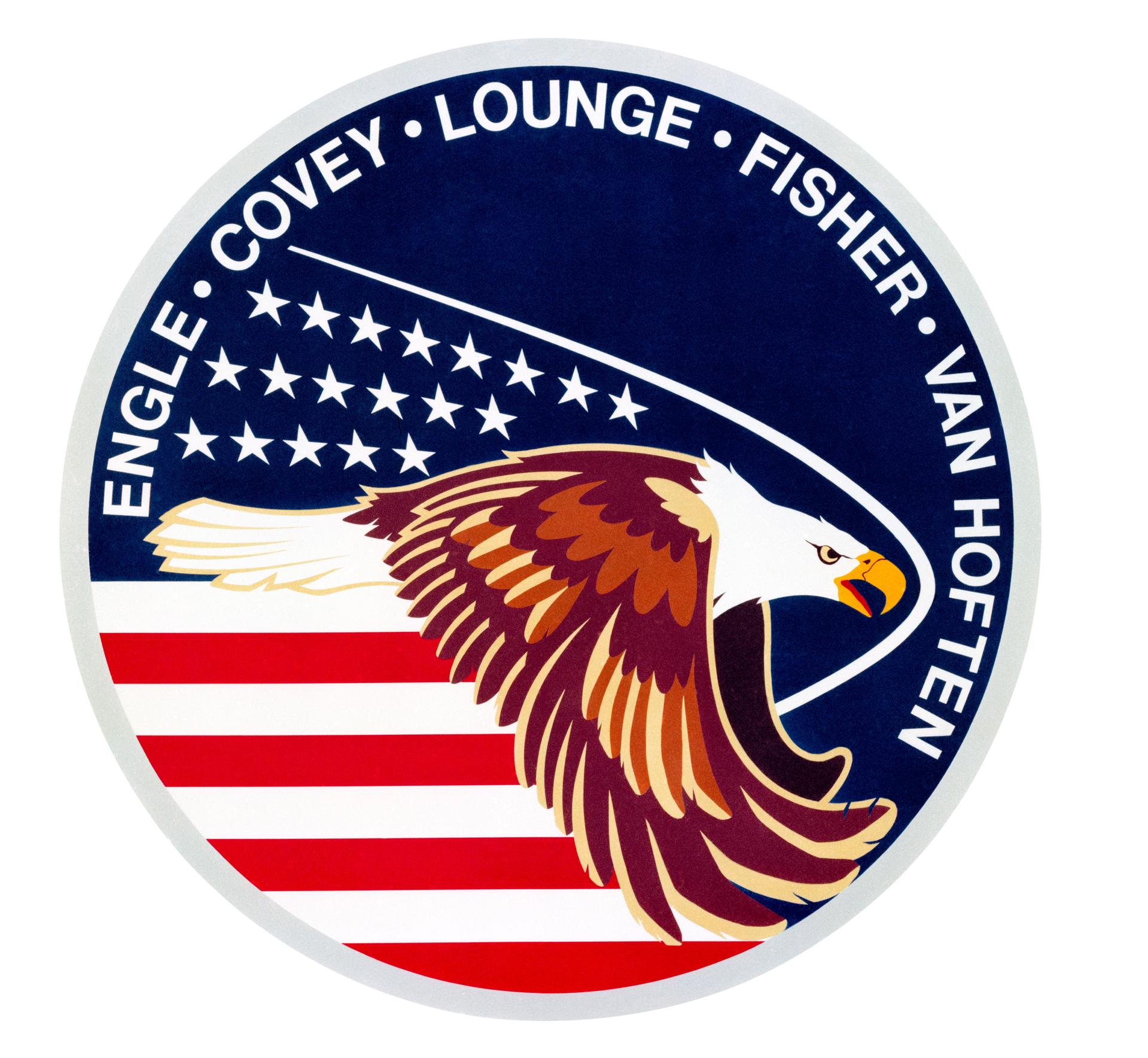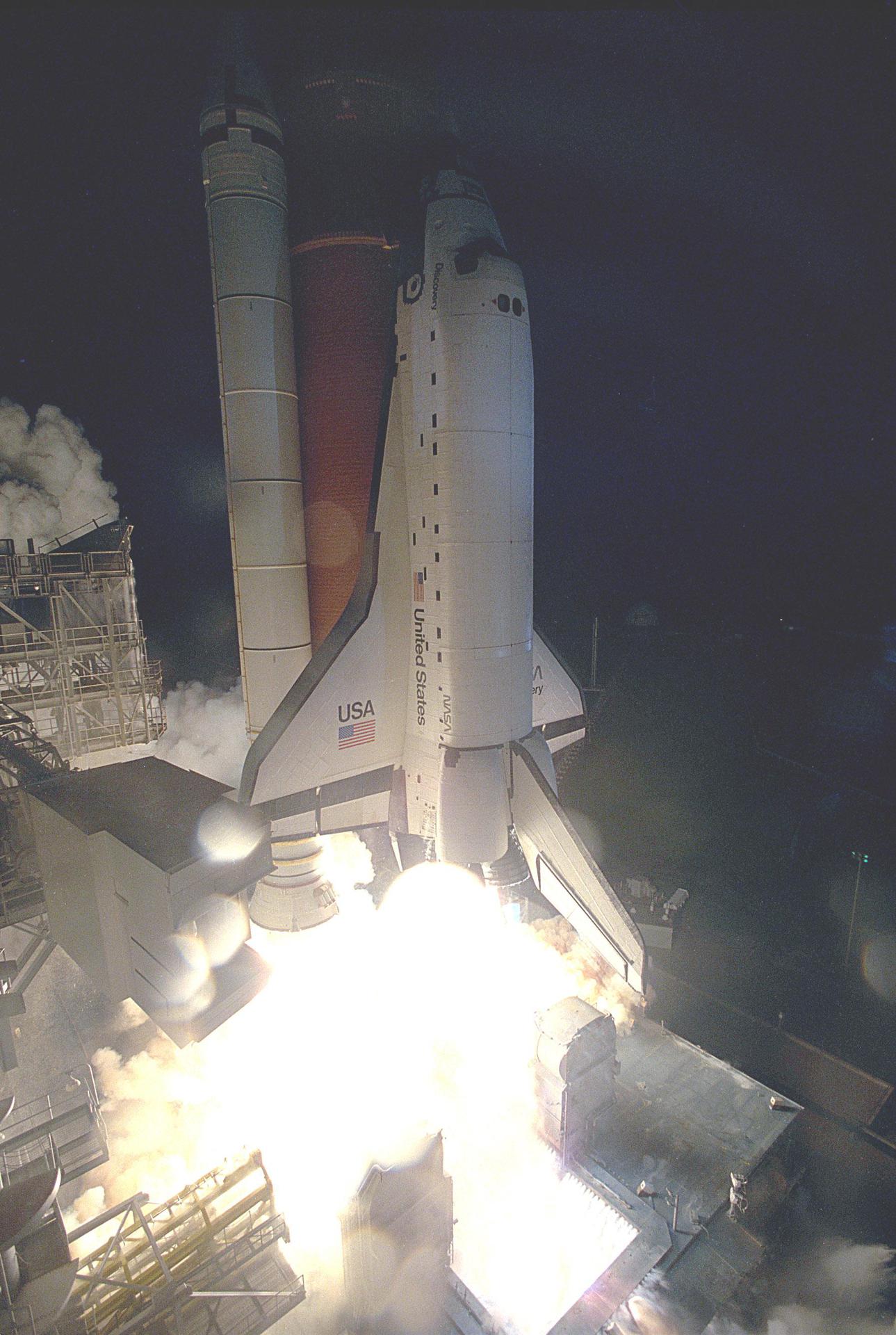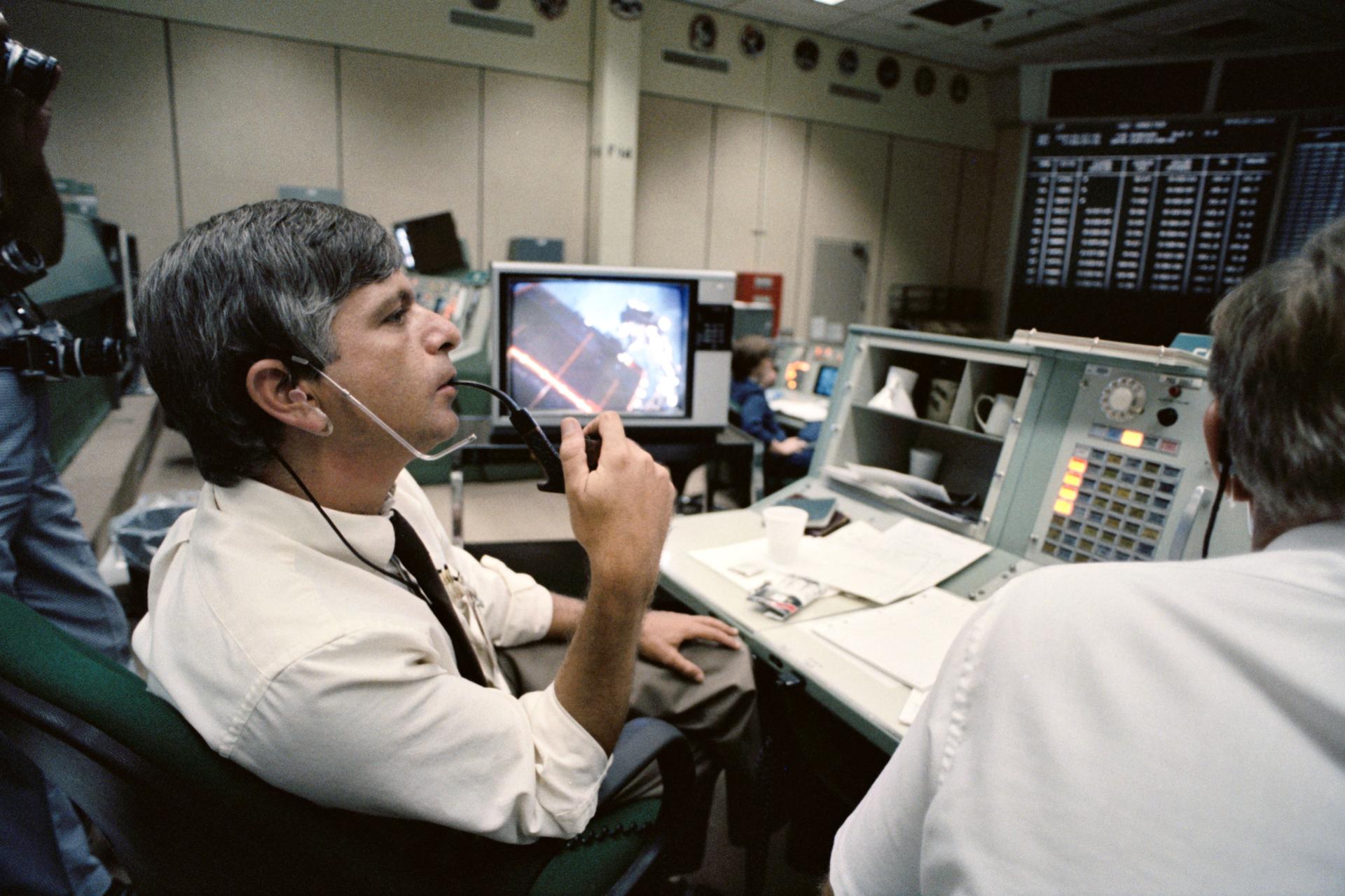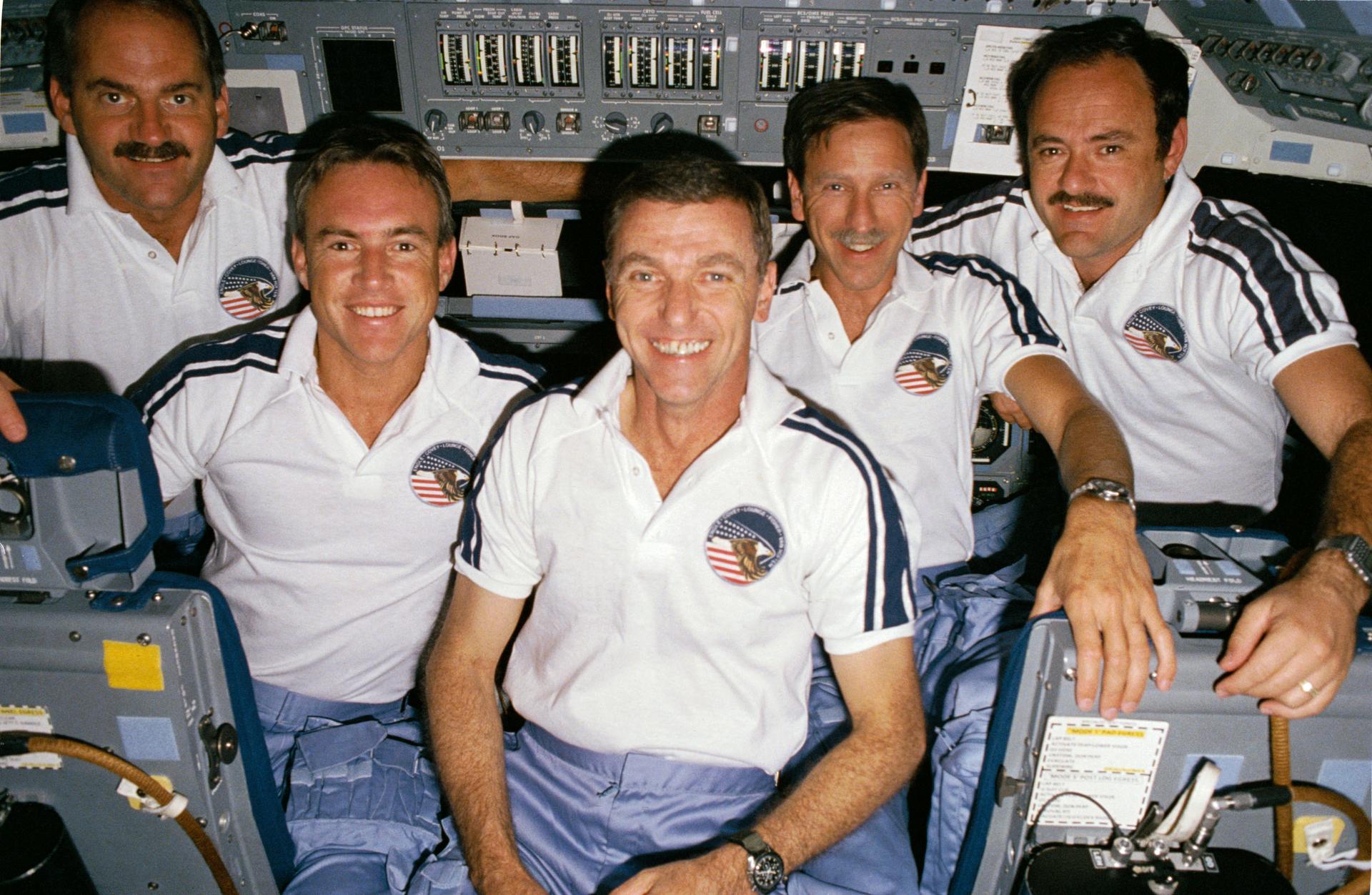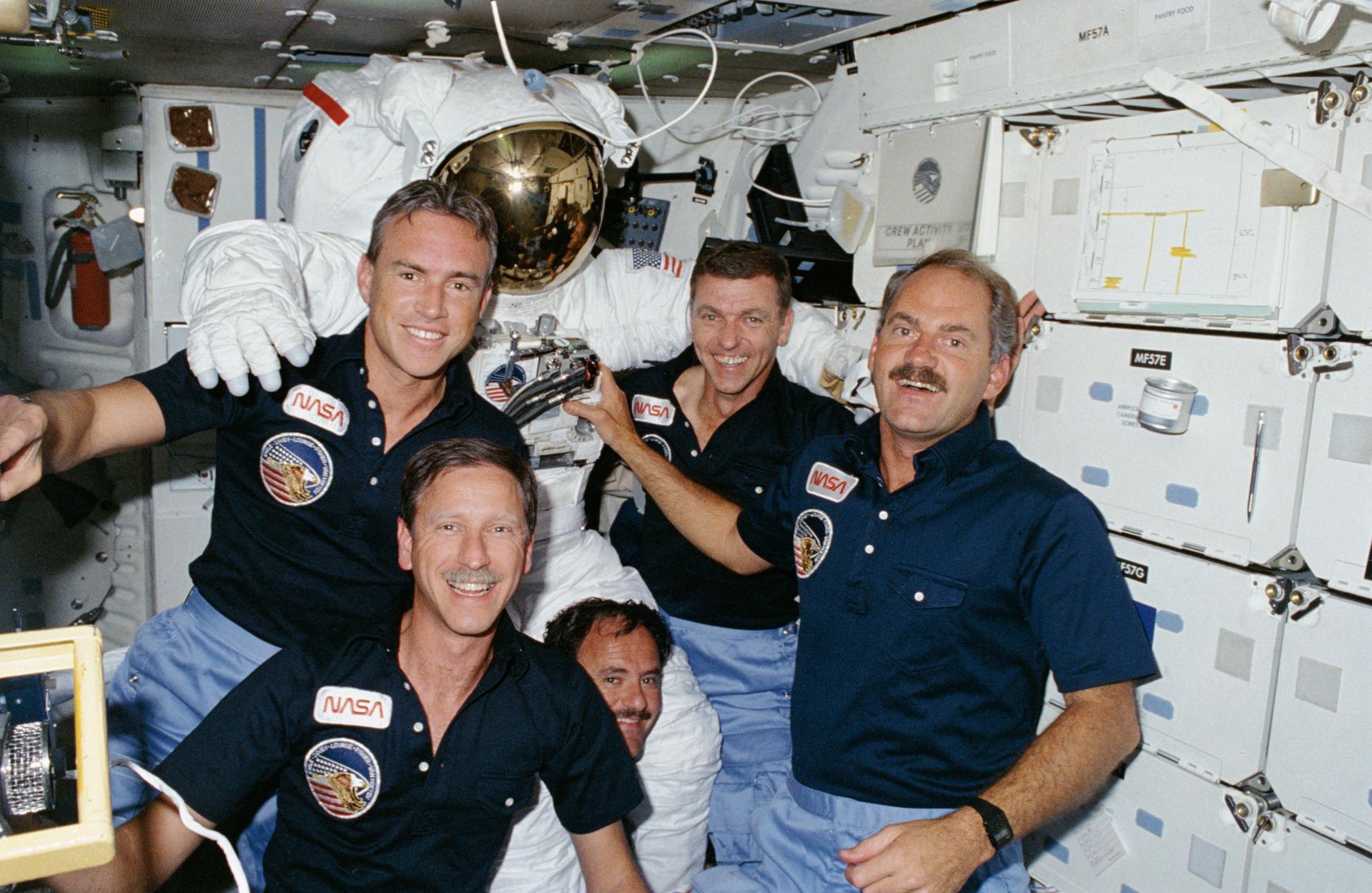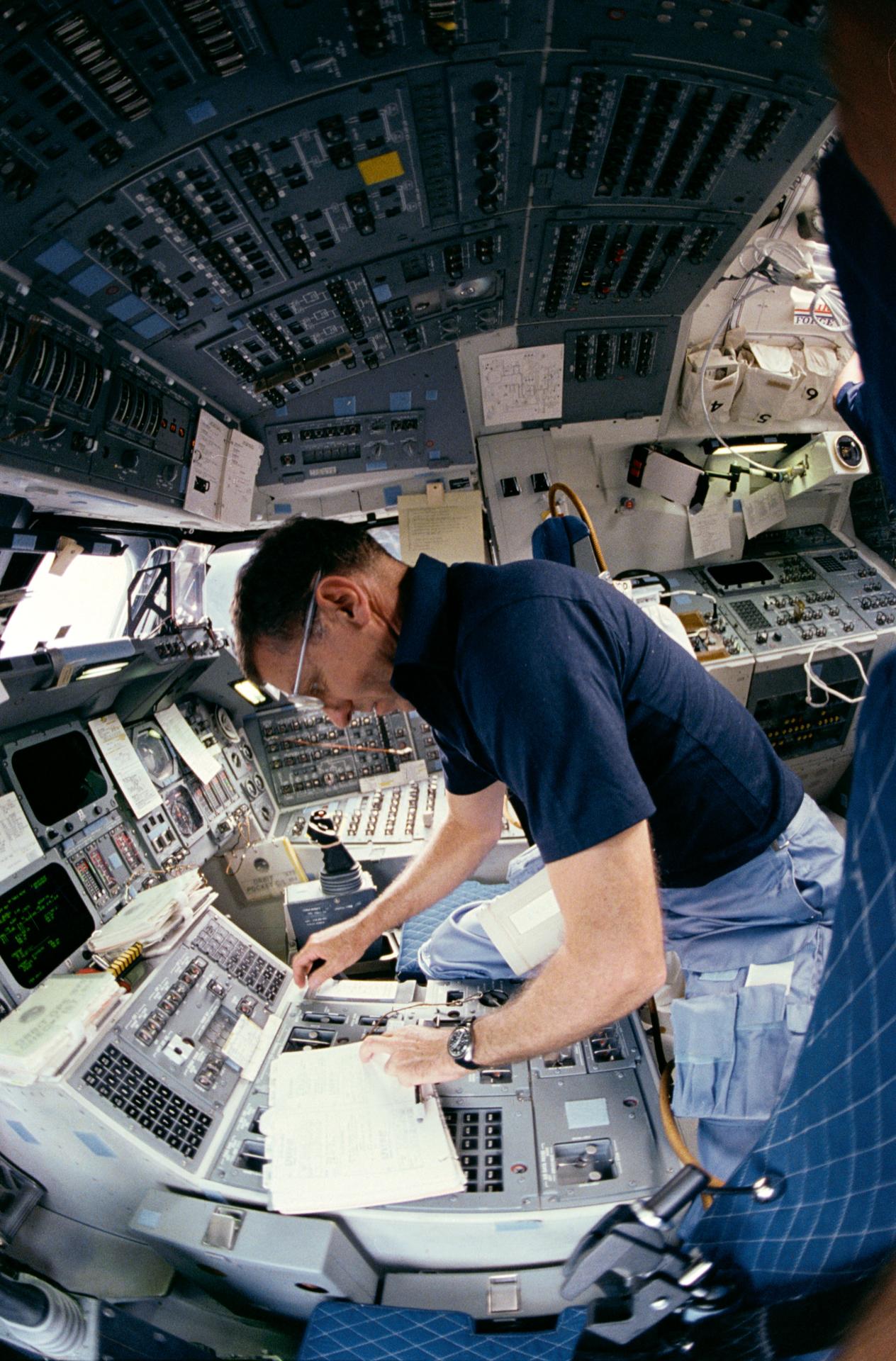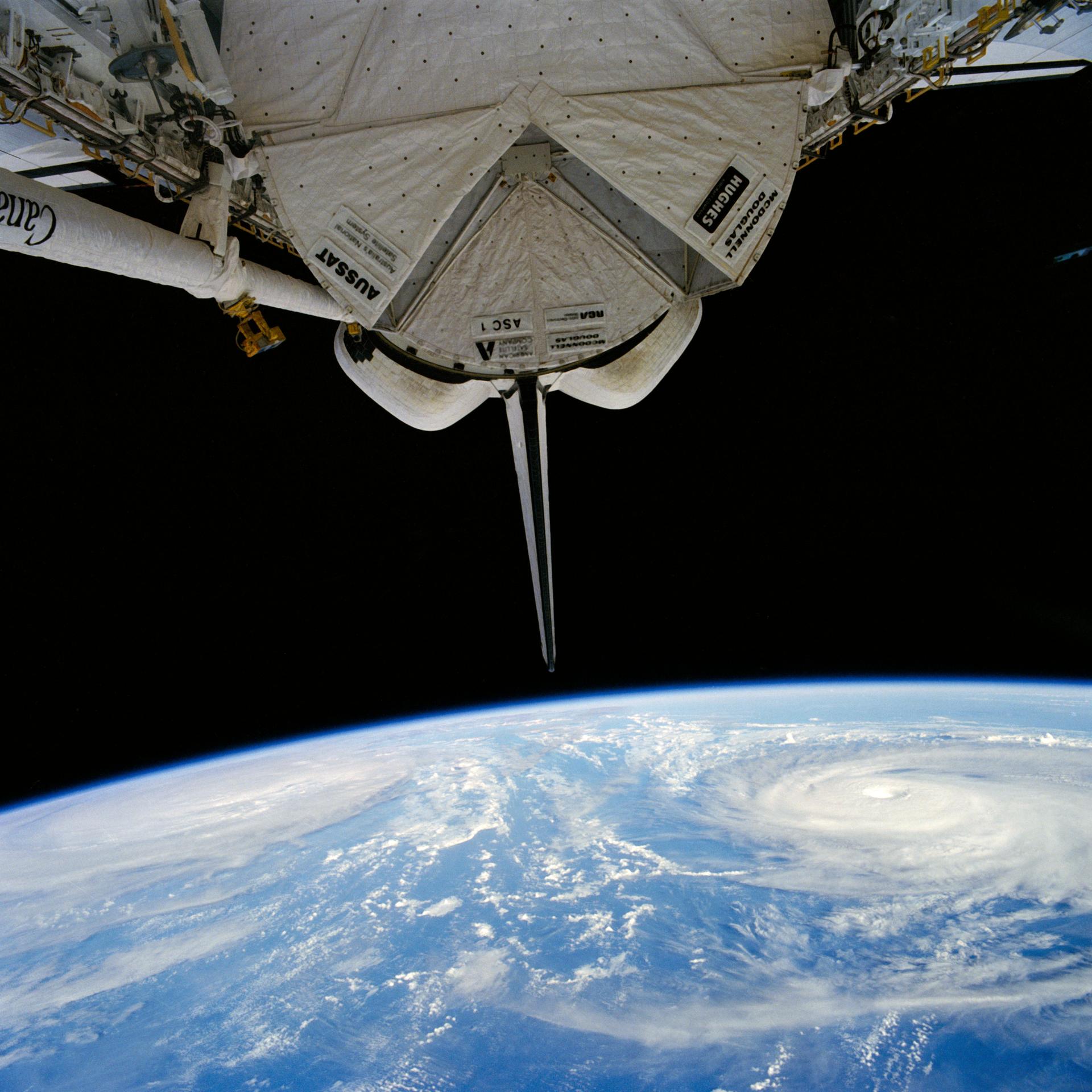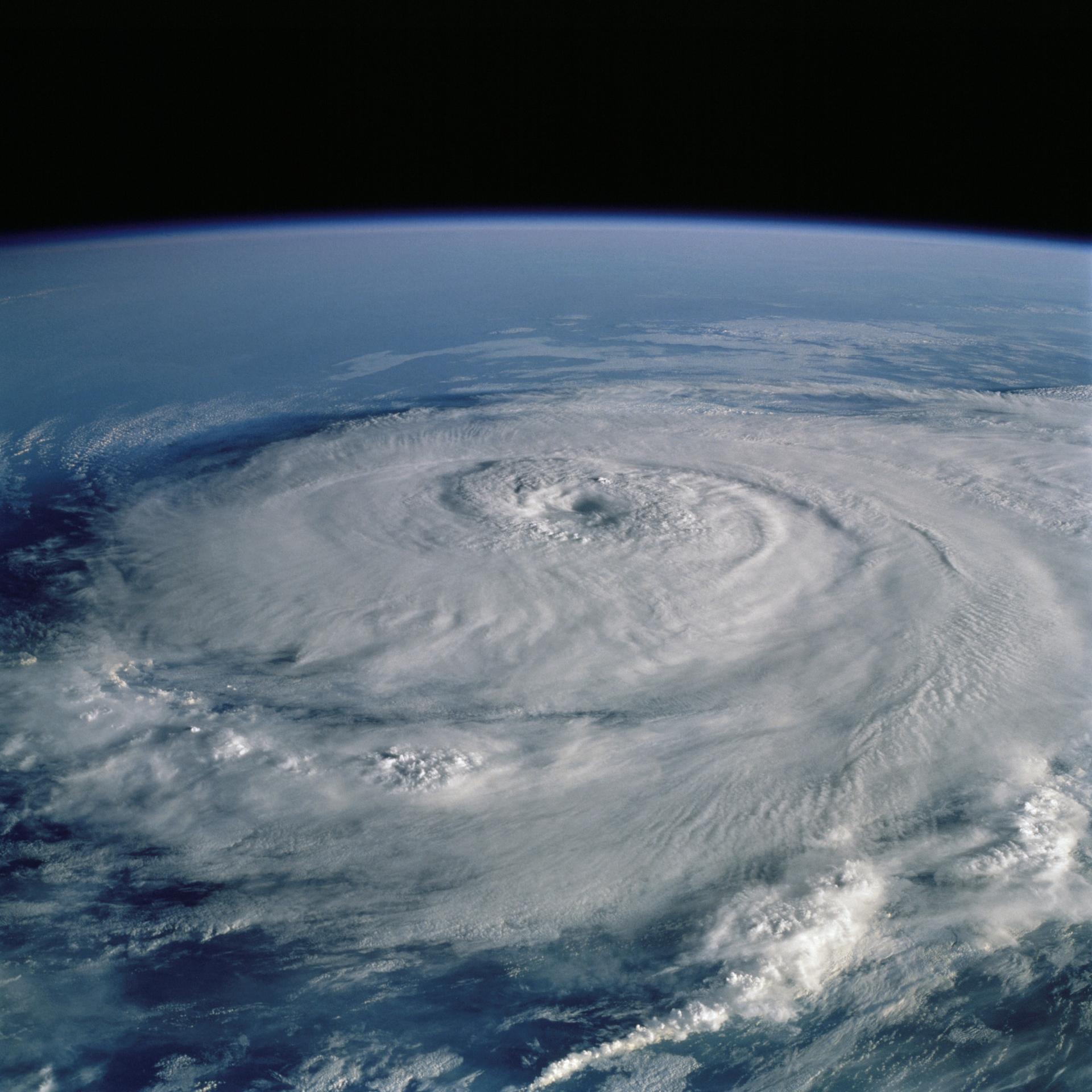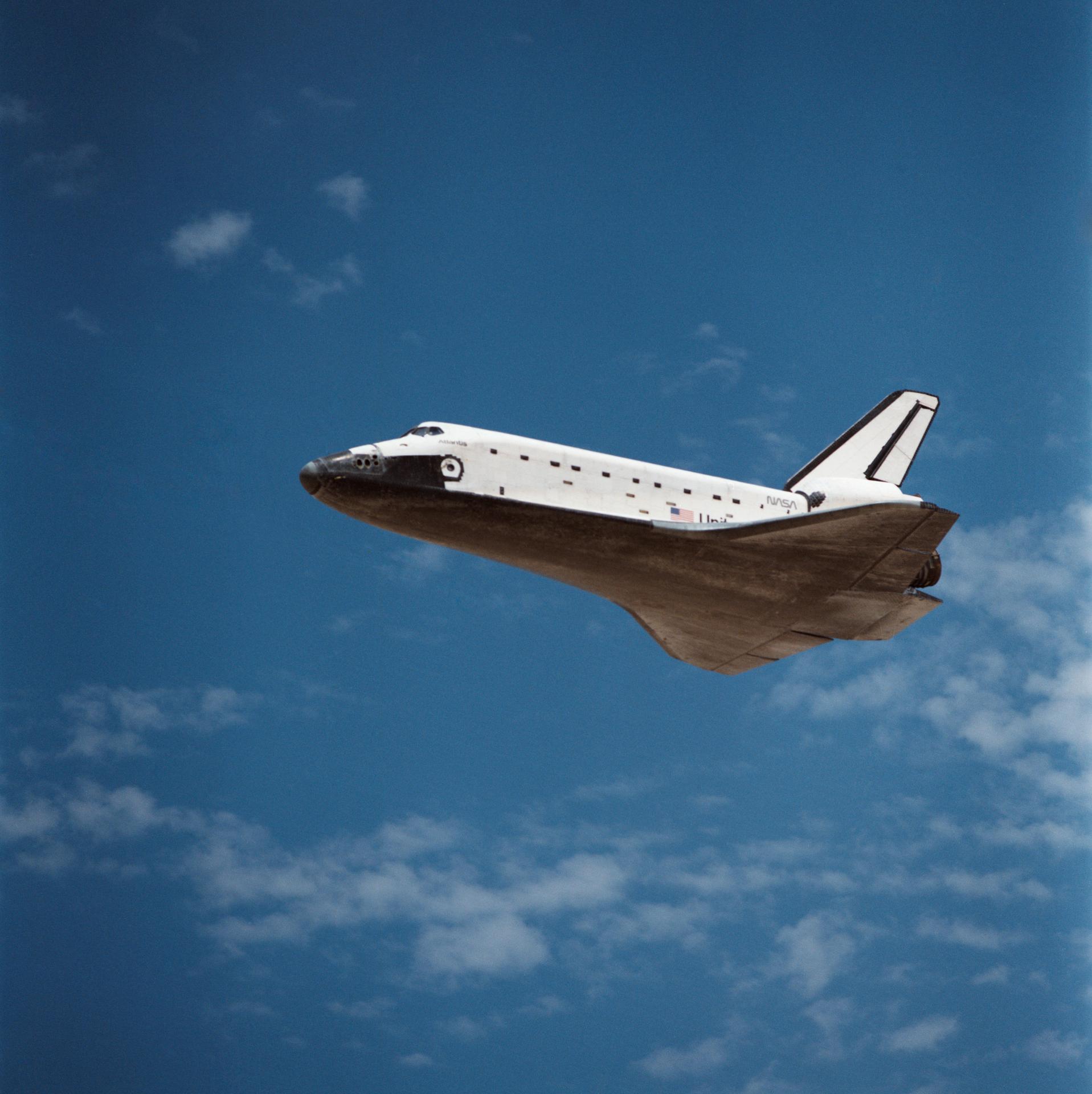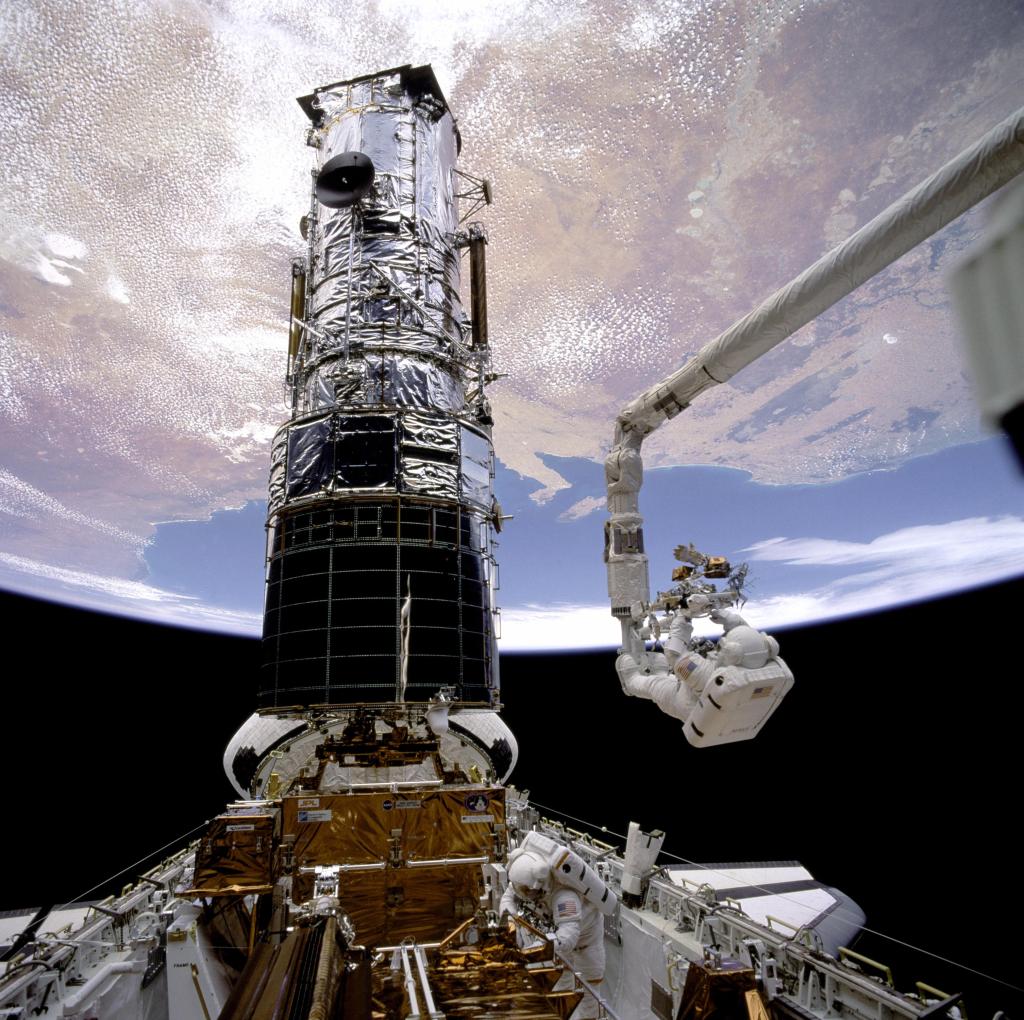STS-51I
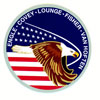
STS-51I
STS-51I was the 20th mission of NASA's Space Shuttle program and the sixth flight of Space Shuttle Discovery. During the mission, Discovery deployed three communications satellites into orbit.
Space Shuttle
mission duration
Launch
Landing
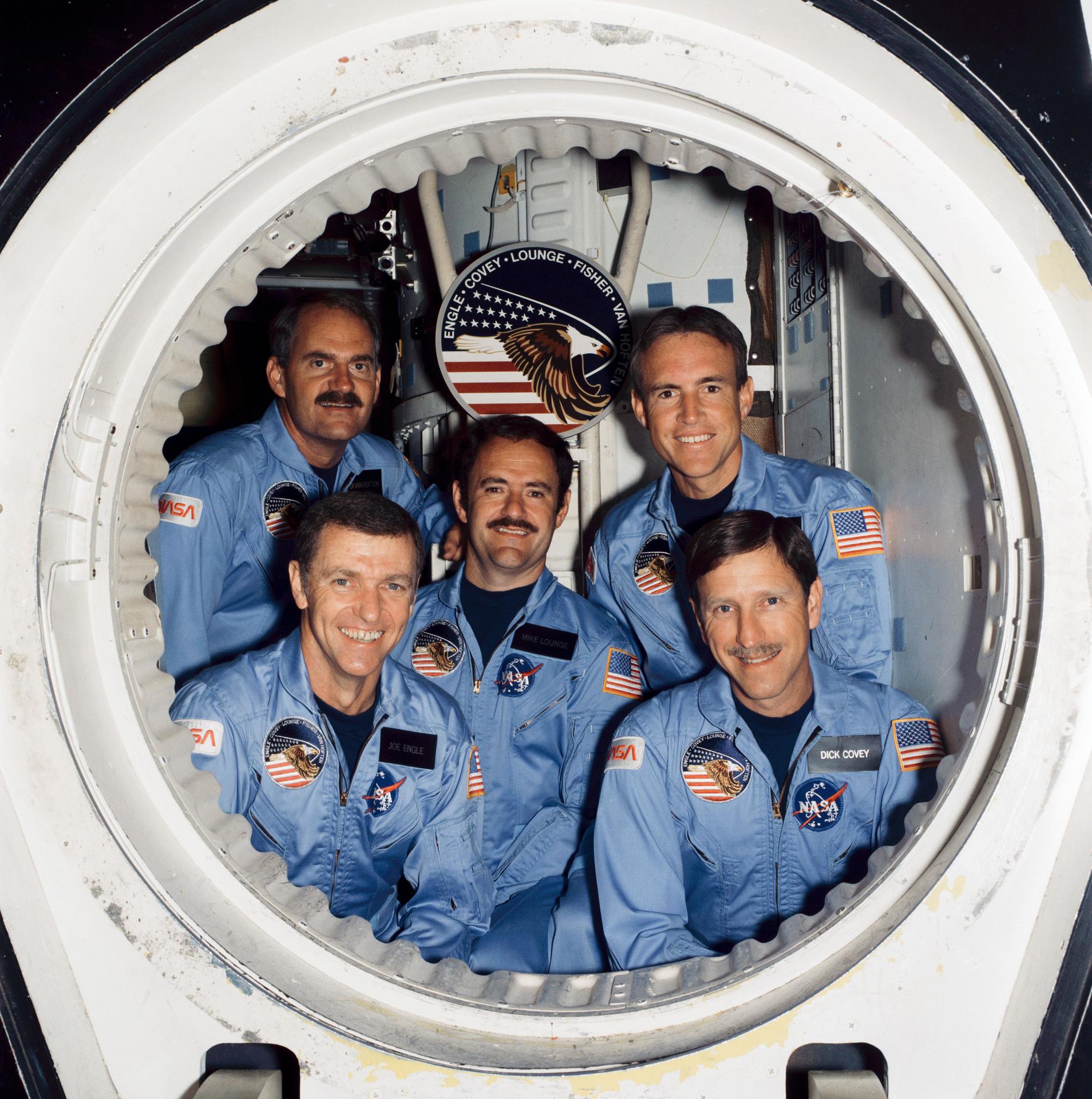
Mission Facts
Mission: ASC-1/American Satellite Company, AUSSAT-1/Australian Communications Satellite, SYNCOM IV-4
Space Shuttle: Discovery
Launch Pad: 39A
Launch Weight: 262,309 pounds
Launched: Aug. 27, 1985 at 6:58:01 a.m. EDT
Landing Site: Edwards Air Force Base, Calif.
Landing: Sept. 3, 1985 at 6:15:43 a.m. PDT
Landing Weight: 196,674 pounds
Runway: 23
Rollout Distance: 6,100 feet
Rollout Time: 47 seconds
Revolution: 112
Mission Duration: 7 days, 2 hours, 17 minutes, 42 seconds
Returned to KSC: Sept. 8, 1985
Orbit Altitude: 242 nautical miles
Orbit Inclination: 28.45 degrees
Miles Traveled: 2.9 million
Crew:
Joe H. Engle, Commander
Richard O. Covey, Pilot
James D.A. van Hoften, Mission Specialist
John M. Lounge, Mission Specialist
William F. Fisher, Mission Specialist
Launch/Landing Highlights
The launch scheduled for August 24 was scrubbed at T-5 minutes due to thunderstorms in the vicinity. The launch scheduled for August 25 was delayed when the orbiter’s number five on-board general purpose computer failed. The launch on August 27 was delayed three minutes, one second due to a combination of weather and an unauthorized ship entering the restricted solid rocket booster recovery area.
The mission shortened one day when the AUSSAT sunshield hung up on remote manipulator system camera and AUSSAT had to be deployed before scheduled.
Mission Highlights
Three communications satellites were deployed: ASC-1, for American Satellite Company; AUSSAT-1, an Australian Communications Satellite; and SYNCOM IV-4, the Synchronous Communications Satellite. ASC-1 and AUSSAT-1 both attached to Payload Assist Module-D (PAM-D) motors. SYNCOM IV-4 (also known as LEASAT-4) failed to function after reaching the correct geosynchronous orbit. Fisher and van Hoften performed two extravehicular activities (EVAs) totaling 11 hours, 51 minutes. Part of time spent retrieving, repairing and redeploying LEASAT-3, which had been deployed on Mission 51-D. Middeck Payload: Physical Vapor Transport Organic Solid Experiment (PVTOS).
STS-51I
Shuttle News
Retired Space Shuttle Locations
Shuttle Atlantis – Kennedy Space Center Visitor Complex Shuttle Discovery – Steven F. Udvar-Hazy Center Shuttle Endeavour – California Science…
Read the Story































